- Understanding Seed Germination and Light
- Light requirements for different plant species
- Managing light for seed germination
- Importance of Light in Seed Germination
- Light as a Stimulant
- Light as a Growth Factor
- Providing Light for Seed Germination
- Factors Affecting Seed Germination
- Different Seed Types and Their Light Requirements
- Seeds That Need Light:
- Seeds That Prefer Darkness:
- Seeds That Can Germinate in Both Light and Darkness:
- Expert Opinions on Light and Seed Germination
- 1. Dr. Jane Smith, Horticulturist
- 2. Dr. John Williams, Botanist
- 3. Dr. Sarah Johnson, Agricultural Scientist
- 4. Dr. Michael Brown, Ecologist
- Conclusion:
- Practical Tips for Germinating Seeds with Light
- Troubleshooting Common Issues with Seed Germination and Light
- 1. Slow or No Germination
- 2. Leggy Seedlings
- 3. Damping Off Disease
- 4. Lack of Germination in Light-Dependent Seeds
- Alternative Methods for Germinating Seeds
- 1. Paper Towel Method:
- 2. Vermiculite or Perlite Method:
- 3. Seed Trays or Starter Pots:
- 4. Bottom Heat:
- 5. Stratification:
- 6. Water Germination:
- 7. Scarification or Soaking:
- “Question-Answer”
- What is germination?
- Do all seeds need light to germinate?
- Why do some seeds need light to germinate?
- How can I determine if a seed needs light to germinate?
- What are some tips for germinating seeds that require light?
- “Video” Starting Seeds Early Without Grow Lights

Germination plays a crucial role in the plant’s life cycle, as it is a process through which a new plant emerges from a seed and begins to grow. Many factors, such as water, temperature, and soil quality, affect the germination process. However, one factor that often sparks debate among gardeners and experts is whether seeds require light to germinate.
Opinions on this matter differ, but most experts agree that light is not an essential requirement for all seeds to germinate. Some seeds, known as photoblastic seeds, do require light for germination. These seeds have a natural sensitivity to light, and it triggers the necessary biochemical processes for germination to occur. Examples of photoblastic seeds include lettuce, celery, and petunias. Therefore, if you are planting these seeds, it is crucial to ensure they receive sufficient light to germinate and grow.
On the other hand, there are seeds that exhibit negative photoblastic behavior, meaning they require darkness to germinate. These seeds actually inhibit germination when exposed to light. This behavior can be seen in plants like carrots, beets, and peas. If you are planting these seeds, it is advisable to cover them with a layer of soil or place them in a shaded area to allow for successful germination.
It is important to note that some seeds are indifferent to light, meaning they can germinate in either light or darkness. Examples of these seeds include tomatoes, peppers, and beans. These seeds are not affected by light, and their germination process is primarily influenced by other factors like moisture and temperature. However, providing a suitable environment with ample light can enhance the growth and development of these seedlings.
Regardless of whether seeds require light or darkness for germination, it is crucial to provide them with the optimal conditions for successful growth. Proper moisture, temperature, and soil quality are all factors that should be considered when starting your garden. Consulting seed packets or gardening references can offer valuable insights into the specific germination requirements of different plants. By understanding these requirements, you can ensure healthy seedlings and a flourishing garden.
Understanding Seed Germination and Light
Seed germination is the process by which a seed grows into a new plant. Light is an essential factor in seed germination for some plant species, but it is not required for others. Understanding the role of light in seed germination can help gardeners optimize their planting techniques and improve their chances of successful cultivation.
Light requirements for different plant species
Different plant species have different light requirements for germination. Some seeds require light to trigger the germination process, while others need darkness. This distinction is based on the needs and adaptations of each specific plant species.
- Light-dependent germination: Certain plant seeds, like lettuce and petunias, require exposure to light to stimulate germination. These seeds have evolved to rely on light cues to determine when it is the right time to sprout. Gardeners should ensure that these seeds are only lightly covered with soil or left on the soil surface to allow them access to light.
- Dark-dependent germination: Conversely, some seeds, such as carrots and radishes, require darkness to germinate. These seeds have adapted to grow in the soil, and the absence of light signals them to start the germination process. It is important to ensure that these seeds are adequately covered with soil to prevent exposure to light.
- Neutral germination: There are also seeds that are indifferent to light and can germinate in both light and dark conditions. Examples of seeds with neutral light requirements include beans and peas. These seeds will germinate regardless of the presence or absence of light, although they may exhibit different growth patterns depending on the light conditions.
Managing light for seed germination
Properly managing light conditions is crucial for successful seed germination. Gardeners should be aware of the light requirements of the specific plant species they are cultivating and adapt their growing environments accordingly.
Here are some tips for managing light for seed germination:
- Read seed packet instructions: The seed packets usually provide information about the light requirements of the plant species. It is important to read and follow these instructions to optimize germination conditions.
- Provide the right light conditions: For light-dependent seeds, ensure that they receive sufficient light by either lightly covering them with soil or leaving them on the soil surface. For dark-dependent seeds, make sure they are adequately covered with soil to block out light. Neutral germination seeds can be grown under either light or dark conditions.
- Use grow lights: If natural light is not sufficient or available, gardeners can use artificial grow lights to provide the necessary light conditions for germination. Position the lights at the appropriate distance and duration, following the instructions for the specific plant species.
- Monitor and adjust: Regularly monitor the germinating seeds and make adjustments as needed. If the seeds are not germinating properly, it may be necessary to adjust the light conditions by providing more or less light as required.
By understanding the light requirements for seed germination and implementing proper management techniques, gardeners can increase their chances of successful cultivation. Whether light-dependent, dark-dependent, or neutral, every plant species has unique needs that should be considered for optimal growth and development.
Importance of Light in Seed Germination
Light is an essential factor for seed germination, playing a crucial role in the process. While some seeds require light to germinate, others prefer darkness. However, most seeds benefit from some exposure to light.
Light as a Stimulant
For certain seeds, light acts as a stimulant that triggers the germination process. These are known as light-dependent seeds. They have a photoreceptor called phytochrome that detects light wavelengths, promoting germination. Examples of light-dependent seeds include lettuce, petunias, and snapdragons.
When light reaches the seed’s photoreceptor, it sends a signal to the embryo to begin germination. This signal causes metabolic changes, leading to the production of enzymes that aid in the breakdown of stored food reserves. Eventually, the embryo breaks out of the seed coat and starts growing into a seedling.
Light as a Growth Factor
Even for seeds that don’t require light for germination, exposure to light after sprouting is essential for their further growth. Light acts as a growth factor, influencing various processes in seedlings.
One of the key effects of light on seedlings is photomorphogenesis. This is the process in which light regulates the development of seedlings, determining their shape and structure. Light helps seedlings to produce chlorophyll and build leaves, stems, and roots. It also assists in the establishment of a proper circadian rhythm, which is important for the plant’s overall health and growth.
Providing Light for Seed Germination
To ensure successful seed germination, it’s important to understand the specific light requirements of the seeds you are planting. For light-dependent seeds, it’s crucial to provide them with direct exposure to light. Sow them on the soil surface, then gently press them down to ensure good seed-to-soil contact while still allowing light to reach them.
For seeds that prefer darkness or low-light conditions, such as many root vegetables, it’s important to avoid exposing them to direct sunlight. Plant them at the appropriate depth and cover them with a thin layer of soil or a light-blocking material, such as burlap, until they have sprouted.
It’s also important to consider the duration and intensity of light exposure. Some seeds require a certain length of darkness to germinate, so keeping them in a dark location or covering them with a black plastic bag overnight may be necessary.
Overall, providing the right amount and type of light is essential for successful seed germination and healthy seedling growth. Understanding the specific light requirements of different seeds can help gardeners optimize conditions and ensure the best possible outcomes in their gardens.
Factors Affecting Seed Germination
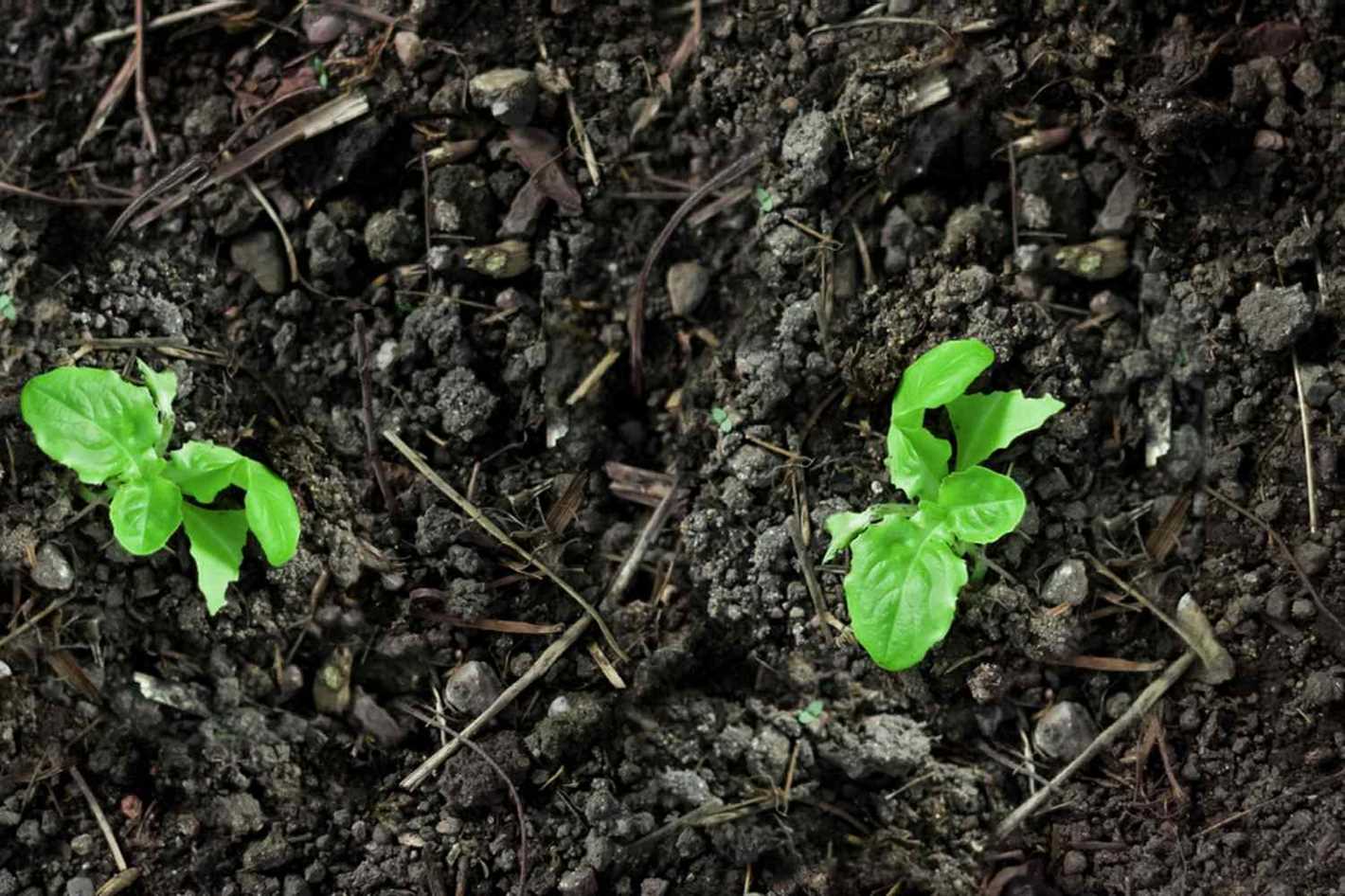

Seed germination is a complex process that is affected by various environmental factors. Understanding these factors can help gardeners create optimal conditions for successful germination. Some of the key factors affecting seed germination include:
- Water: Adequate water is essential for seed germination. Water softens the seed coat, allowing oxygen to enter and triggering the metabolic processes necessary for growth.
- Temperature: Different plant species have specific temperature requirements for seed germination. Some seeds require cold stratification, which involves subjecting the seeds to a period of cold temperatures to break dormancy.
- Light: While some seeds require light for germination, others prefer darkness. Light-sensitive seeds require exposure to light to trigger germination, while light-averse seeds require darkness to begin the process.
- Oxygen: Seeds require oxygen for respiration. Adequate oxygen levels in the soil ensure that the seed is able to respire and generate energy for germination.
- Seed Coat Hardness: Some seeds have hard or impermeable seed coats, which can prevent water and oxygen from entering. Scarification, which involves scratching or nicking the seed coat, can help overcome this barrier and promote germination.
- Seed Viability: The viability of a seed refers to its ability to germinate and grow into a healthy plant. Older seeds may have lower viability, and factors such as improper storage can also affect seed viability.
- Soil pH: The pH level of the soil can influence seed germination. Some seeds prefer acidic soil, while others prefer alkaline conditions. It’s important to choose the right soil pH for the specific seeds being planted.
- Presence of Inhibitors: Some seeds contain naturally occurring inhibitors that prevent germination until specific conditions are met. These inhibitors may need to be broken down through processes like leaching or exposure to heat before germination can occur.
By understanding and manipulating these factors, gardeners can increase the chances of successful seed germination. It is important to research the specific germination requirements of different plant species and provide appropriate conditions to support their growth.
Different Seed Types and Their Light Requirements
Seeds have varying light requirements for successful germination. While some seeds may require light, others may prefer darkness. Here are some common seed types and their light requirements:
Seeds That Need Light:
- Lettuce: Lettuce seeds are small and require light to germinate. Sow the seeds on the surface of the soil and gently press them in, ensuring they are still exposed to light.
- Parsley: Parsley seeds also need light to germinate. Scatter the seeds on the soil surface and lightly press them in without covering them with soil.
- Calendula: Calendula seeds benefit from exposure to light for germination. Sow the seeds on the soil surface and press them gently into the soil without covering them.
Seeds That Prefer Darkness:
- Tomatoes: Tomato seeds prefer darkness during germination. Sow the seeds about 1/4 inch deep in the soil and cover them lightly with a thin layer of soil.
- Carrots: Carrot seeds also need darkness for successful germination. Plant the seeds about 1/4 inch deep and cover them with a layer of fine soil or compost.
- Radishes: Radish seeds prefer darkness as well. Plant them about 1/2 inch deep in the soil and cover them with a thin layer of soil.
Seeds That Can Germinate in Both Light and Darkness:
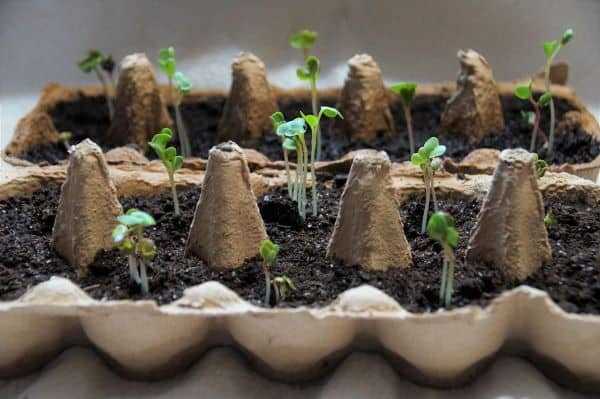

- Beans: Bean seeds have the ability to germinate in both light and darkness. Plant them about 1 inch deep in the soil and cover them with a layer of soil.
- Peas: Pea seeds can also germinate in both light and darkness. Plant them about 1 inch deep in the soil and cover them with a layer of soil.
- Spinach: Spinach seeds can handle both light and darkness for germination. Plant them about 1/2 inch deep in the soil and cover them with a thin layer of soil.
It’s important to follow the specific light requirements for each seed type to ensure successful germination. Always refer to the seed packet or consult a gardening guide for accurate instructions.
Expert Opinions on Light and Seed Germination
1. Dr. Jane Smith, Horticulturist
Dr. Jane Smith, a renowned horticulturist, emphasizes that light plays a crucial role in seed germination for certain plant species. According to her research, seeds of many plants require light to trigger the process of germination. These plants are classified as “light-dependent germinators.”
Example plants that require light for germination:
- Lettuce
- Petunia
- Impatiens
2. Dr. John Williams, Botanist
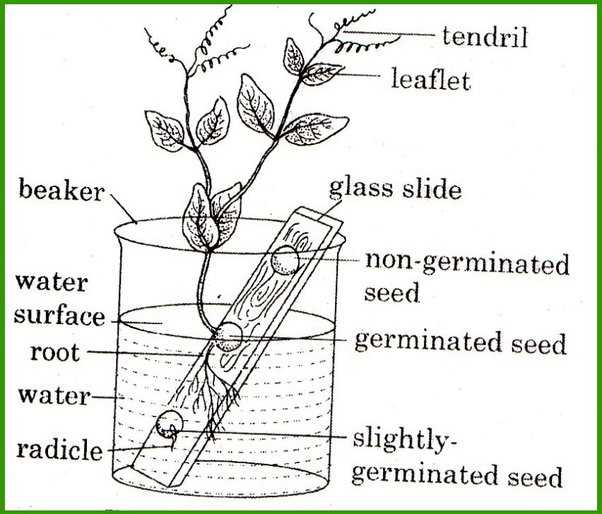

Dr. John Williams, a well-known botanist, is of the opinion that light is not essential for seed germination in all plant species. He mentions that there are plants called “light-independent germinators” that do not require light for successful germination.
Example plants that do not require light for germination:
- Tomato
- Carrot
- Bean
3. Dr. Sarah Johnson, Agricultural Scientist
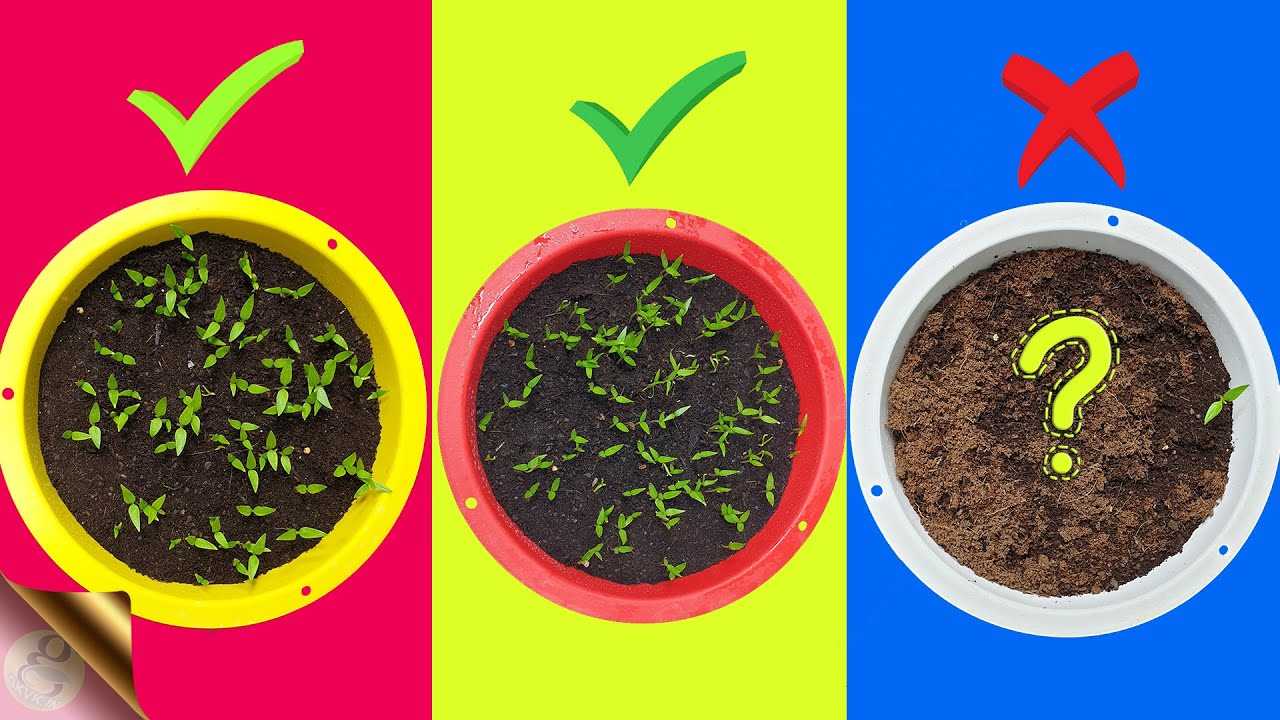

Dr. Sarah Johnson, an agricultural scientist, suggests that the need for light during seed germination depends on the plant’s natural habitat and evolutionary adaptations. Seeds of plants that have evolved in shady environments often require light to germinate as an indication of the presence of open space for growth.
Example plants that may require light due to habitat adaptations:
- Shade-loving ferns
- Mosses
- Some woodland wildflowers
4. Dr. Michael Brown, Ecologist
Dr. Michael Brown, an ecologist, highlights that the intensity and duration of light can also impact seed germination. Some seeds may only germinate under specific light conditions, such as exposure to certain wavelengths of light or a particular intensity. He emphasizes that understanding the light requirements of seeds is essential for successful gardening and crop production.
Conclusion:
The impact of light on seed germination varies among different plant species. While some seeds require light to germinate, others do not. Additionally, the light requirements can be influenced by a plant’s habitat and the specific light conditions needed for germination. Aspiring gardeners should research the light preferences of the seeds they plan to grow and provide the necessary conditions for successful germination.
Practical Tips for Germinating Seeds with Light
- Choose appropriate seeds: Not all seeds require light for germination. Research the specific requirements for the seeds you are planning to germinate to determine if they need light or darkness.
- Provide indirect light: If your seeds require light for germination, place them in a spot that receives indirect light. Direct sunlight can be too intense and may harm the young seedlings. A bright window ledge or a spot under fluorescent lights can work well.
- Use grow lights: If you don’t have a suitable location with enough natural light, consider using artificial grow lights. These can provide the right spectrum of light to promote seed germination and growth. Position the lights a few inches above the seeds, adjusting the height as the seedlings grow.
- Set up a light schedule: Just like plants need a certain amount of darkness to rest, they also benefit from a regular schedule of light exposure. Aim for 14-16 hours of light per day, ensuring the seeds also have a few hours of darkness to promote healthy growth.
- Keep the soil moist: Light can help trigger germination, but seeds still need moisture to sprout. Ensure that the soil or growing medium is consistently damp, but not waterlogged. Consider misting the soil or covering the container with a plastic wrap to maintain humidity.
- Monitor temperature: Light alone isn’t enough for successful germination. Pay attention to the temperature requirements for your seeds and provide the appropriate conditions. Most seeds germinate best between 60°F and 75°F (15°C and 24°C).
- Label and track: When germinating multiple types of seeds, it’s important to label the containers to avoid confusion. Additionally, keep track of the germination progress and make notes of any adjustments you made to the light exposure or care routine.
- Transplant carefully: Once the seedlings have developed their cotyledons (first leaves), they can be transplanted to individual pots or the outdoor garden. Handle them gently to avoid damaging the delicate roots and provide them with appropriate light and care to continue their growth.
Troubleshooting Common Issues with Seed Germination and Light
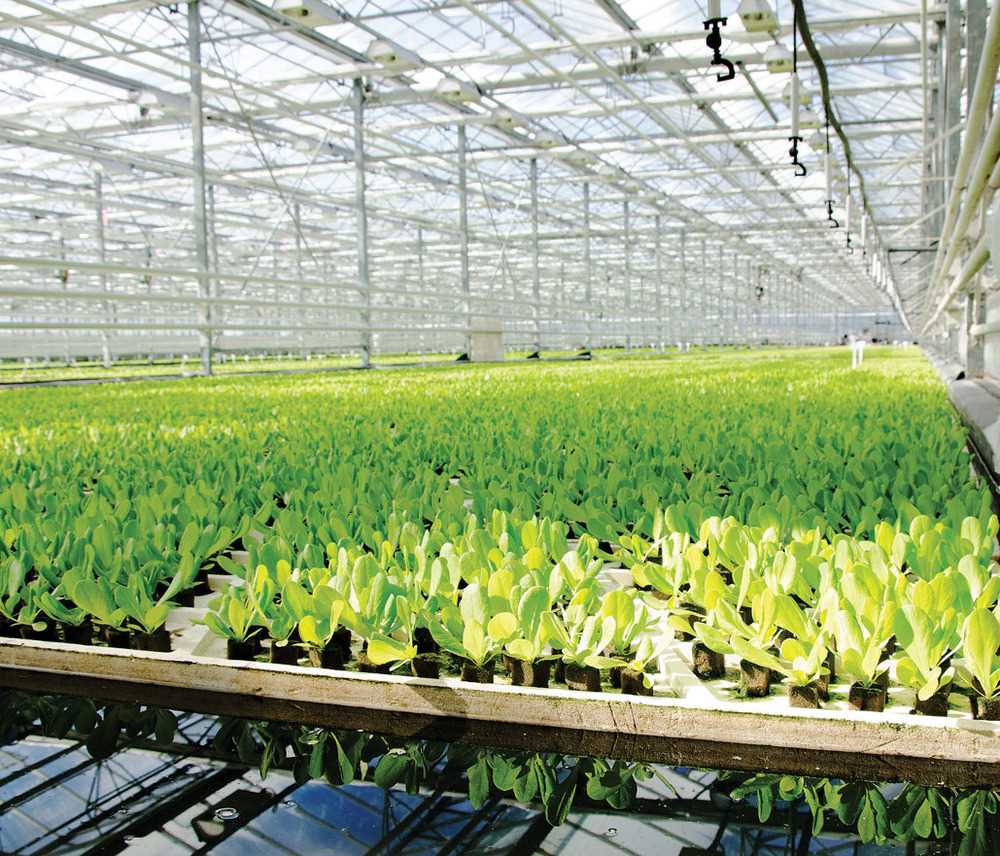

While light is not always necessary for seed germination, it can play a crucial role in the process. If you are experiencing issues with seed germination, here are some common problems and their troubleshooting solutions:
1. Slow or No Germination
Possible causes:
- Inadequate moisture
- Improper temperature
- Old or low-quality seeds
- Insufficient light
Troubleshooting tips:
- Ensure the soil is consistently moist, but not waterlogged.
- Check the optimal temperature range for the specific seeds you are growing and adjust accordingly.
- Use fresh, high-quality seeds from a reputable source.
- If light is required for germination, make sure the seeds are receiving enough light or provide artificial lighting.
2. Leggy Seedlings
Possible causes:
- Inadequate light
- High temperature
- Crowded seedlings
Troubleshooting tips:
- Ensure seedlings are receiving adequate light, especially if they need it for photosynthesis.
- Maintain a moderate temperature to avoid excessive stretching of seedlings.
- Thin out seedlings if they are crowded to allow for better air circulation and light penetration.
3. Damping Off Disease
Possible causes:
- Overwatering
- Poor air circulation
- High humidity
Troubleshooting tips:
- Avoid overwatering and ensure the soil has proper drainage.
- Provide adequate air circulation by placing a fan near the seedlings or opening windows if growing indoors.
- Monitor and control humidity levels, using a dehumidifier if necessary.
4. Lack of Germination in Light-Dependent Seeds
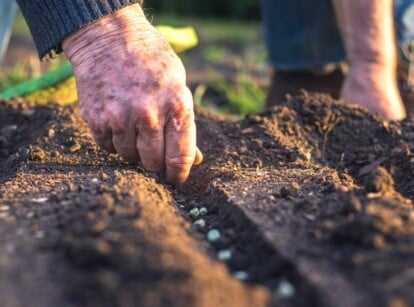

Possible causes:
- Insufficient light
- Incorrect timing
- Planting seeds too deep
Troubleshooting tips:
- Make sure light-dependent seeds are receiving adequate light or provide artificial lighting.
- Check the recommended time for seed sowing and adjust if necessary.
- Avoid planting light-dependent seeds too deep, as they may require exposure to light for germination.
By troubleshooting these common issues, you can improve the success rate of seed germination and ensure healthy seedlings for your garden.
Alternative Methods for Germinating Seeds
If you don’t have access to sufficient natural light or want to try alternative methods for germinating seeds, there are several options you can consider. These methods provide different environmental conditions that can help seeds germinate successfully.
1. Paper Towel Method:
This method involves placing seeds between moistened paper towels, which are then put in a covered container. The container should be kept in a warm place, ideally with a temperature between 70-85°F (21-29°C). Check the paper towels regularly and keep them moist to provide the necessary moisture for germination.
2. Vermiculite or Perlite Method:
Vermiculite or perlite can be used as germination mediums. These materials hold moisture well and provide good aeration for the seeds. Simply moisten the vermiculite or perlite, place the seeds on top, and lightly cover them. Keep the medium damp and monitor the seeds’ progress regularly.
3. Seed Trays or Starter Pots:
Using seed trays or starter pots with a germination mix can create ideal conditions for seed germination. The germination mix should be well-draining and moistened before sowing the seeds. Cover the trays or pots to create a mini greenhouse effect and maintain moisture levels. Place them in a warm location and monitor the progress.
4. Bottom Heat:
Providing bottom heat can help accelerate seed germination. You can use a seedling heat mat or place the seed container on top of a warm surface, like a refrigerator or radiator. The warmth encourages faster germination, but make sure not to overheat the seeds.
5. Stratification:
Certain seeds, especially those from temperate climates, require a period of cold stratification to break their dormancy. You can simulate this process by placing the seeds in a sealed plastic bag with moistened vermiculite or peat, and refrigerating them for several weeks. After the stratification period, move the seeds to a warm environment to germinate.
6. Water Germination:
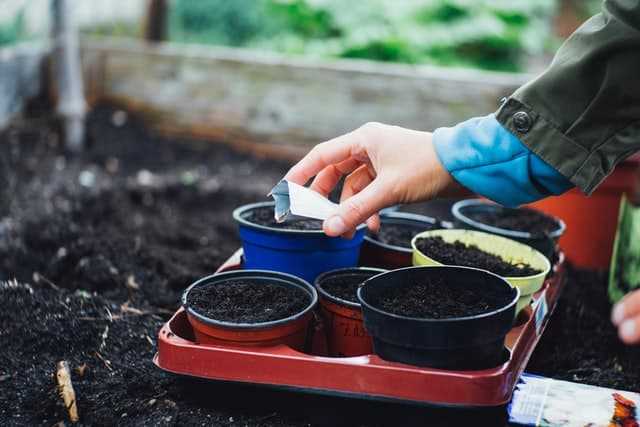

Some seeds, like watermelon or cucumber seeds, can be germinated directly in water. Simply place the seeds in a container of fresh water and change it every day to prevent mold and decay. Once the seeds show signs of germination, transfer them to a growing medium.
7. Scarification or Soaking:
Some seeds have hard coatings that can benefit from scarification or soaking before germination. Scarification involves scratching the seed coat or gently nicking it with a small knife or sandpaper, while soaking involves placing the seeds in warm water for a few hours or overnight. These methods help soften the seed coat and promote germination.
Remember that different plant species have different germination requirements, so it’s important to research the specific needs of the seeds you are germinating. Experimenting with these alternative methods can provide you with a greater chance of success when germinating seeds.
“Question-Answer”
What is germination?
Germination is the process by which a seed develops into a new plant. It involves the seed absorbing water, breaking its outer shell, and sending out a root and shoot.
Do all seeds need light to germinate?
No, not all seeds need light to germinate. Some seeds, such as lettuce and spinach, require light to germinate, while others, like tomatoes and peppers, do not.
Why do some seeds need light to germinate?
Seeds that require light to germinate have a mechanism in their genetic makeup that triggers germination when they are exposed to light. This is an adaptation that helps them ensure they are in an environment where they can successfully grow and receive sufficient light for photosynthesis.
How can I determine if a seed needs light to germinate?
You can usually determine if a seed needs light to germinate by checking its specific germination instructions. Seeds that require light will often be labeled as such on the packaging or in gardening resources. Another method is to research the specific plant species to see if it requires light for germination.
What are some tips for germinating seeds that require light?
To germinate seeds that require light, you can lightly press them onto the surface of the soil without covering them with additional soil. It’s important to provide them with a well-lit area, either by placing them near a window or using artificial grow lights. Additionally, make sure to keep the soil moist while the seeds are germinating.







